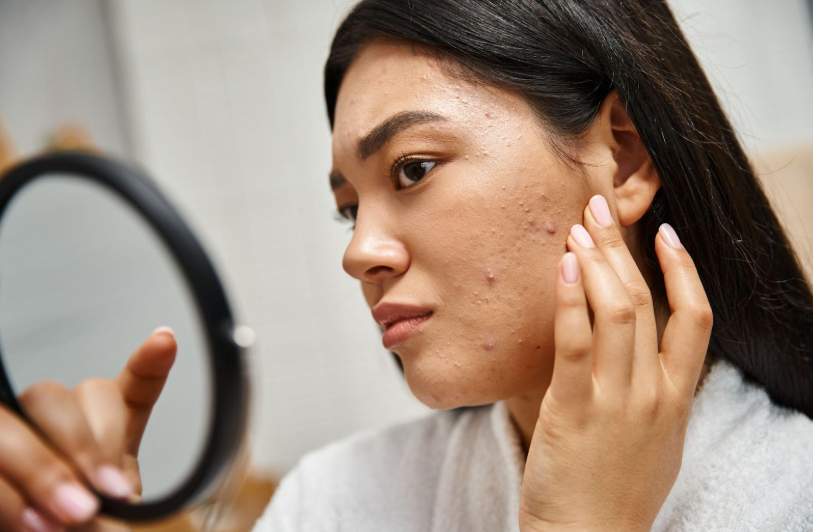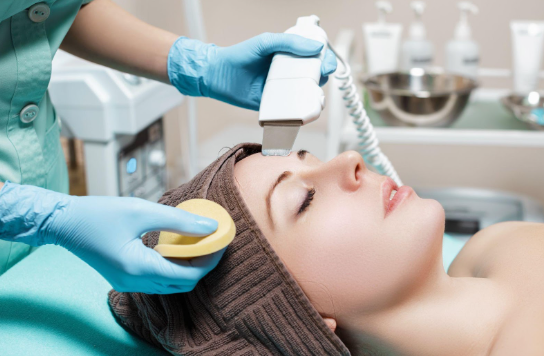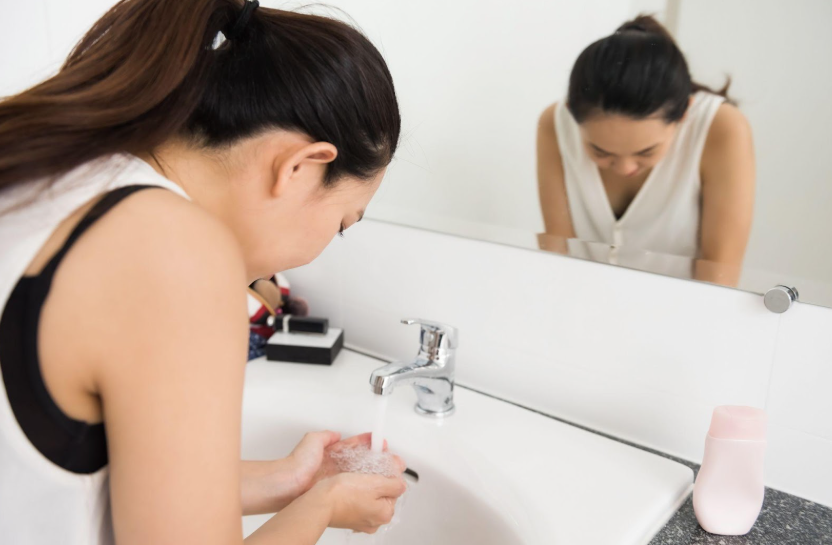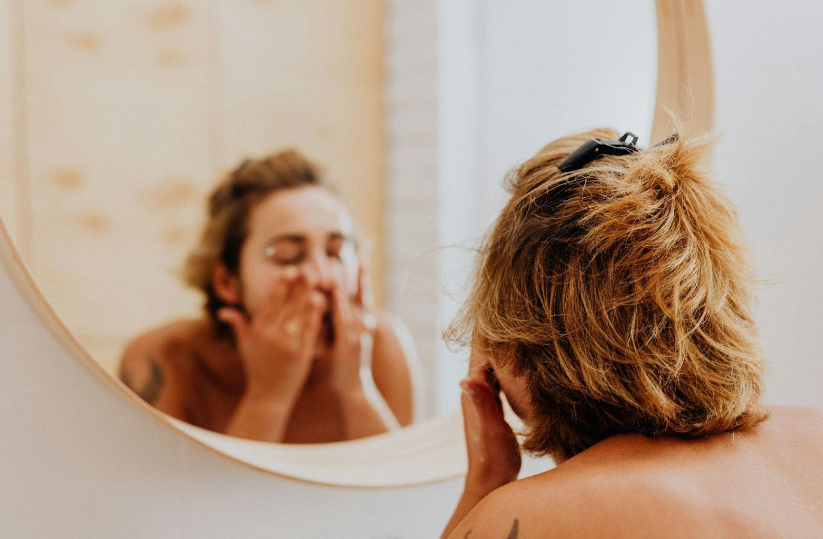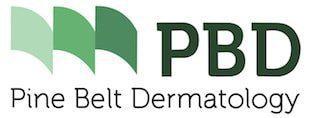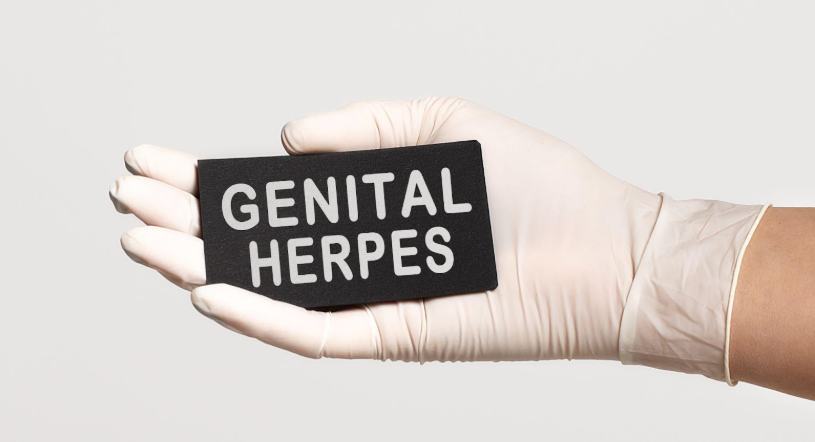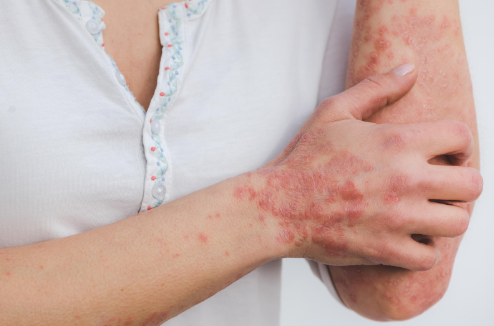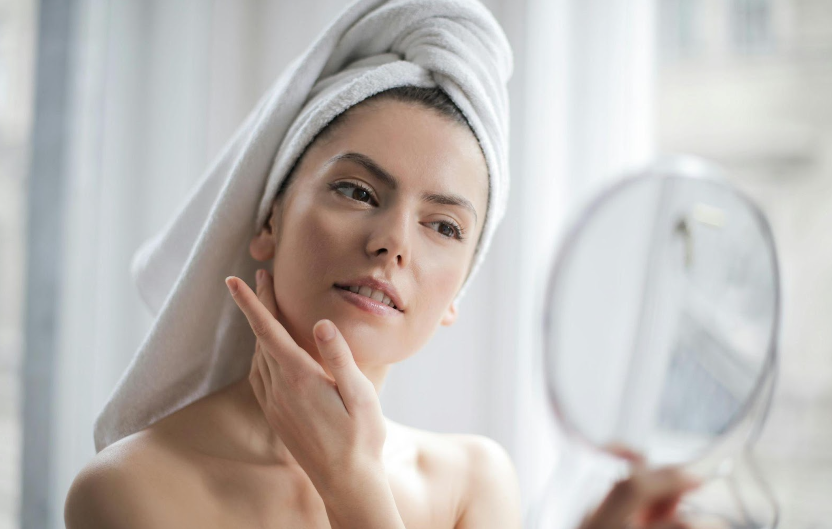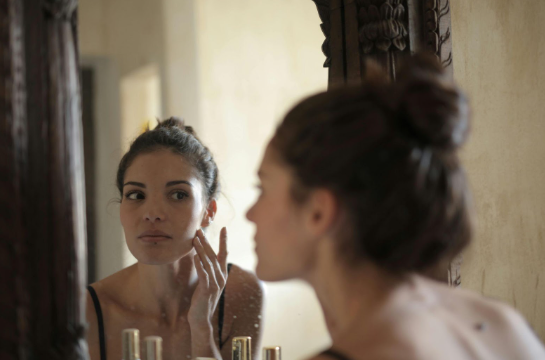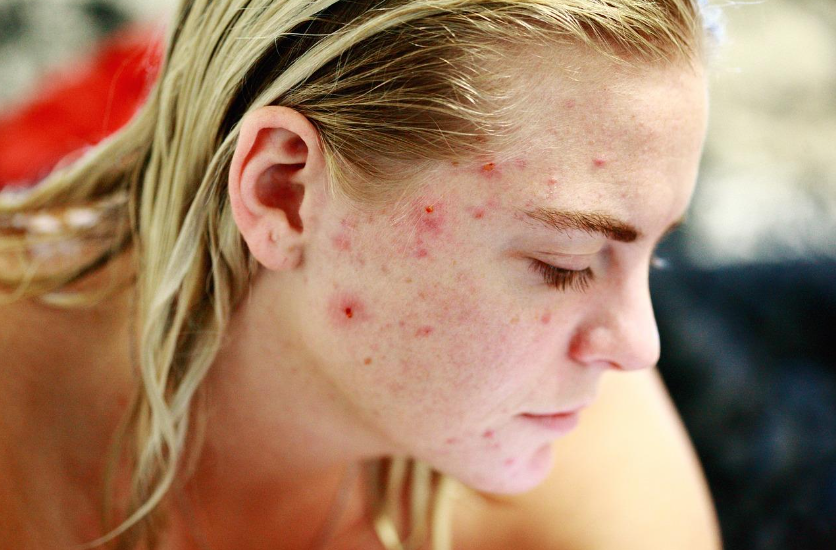What Is Sclerotherapy and Who Can Benefit from It?
What Is Sclerotherapy and Who Can Benefit from It?
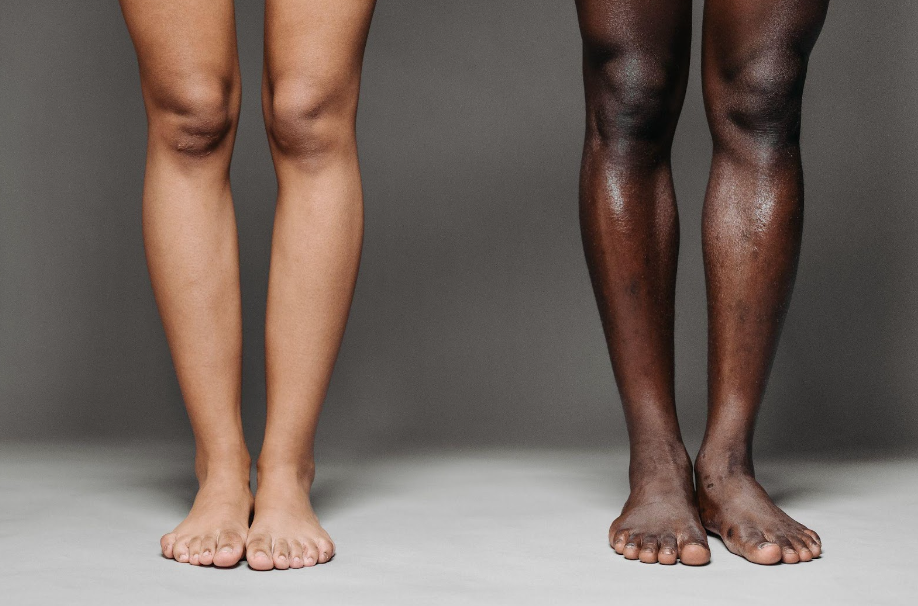
Sclerotherapy is a popular medical procedure that is used to treat various vascular conditions, including varicose veins, spider veins, and other types of venous malformations. It involves injecting a solution directly into the affected veins, causing them to shrink and eventually fade away.
Sclerotherapy has been in use for several decades, and it is considered a safe and effective treatment option for those suffering from these types of conditions.
Sclerotherapy was first used in the early 20th century by doctors who began discovering various solutions to treat varicose veins. Over time, the technique has evolved, and today, it is a widely accepted treatment option for those with venous conditions.
There are several reasons why someone may consider sclerotherapy, including cosmetic concerns, pain, discomfort, or the risk of more severe complications such as blood clots or ulcers. With minimal downtime and a relatively low risk of complications, it is an attractive option for many people.
Read on as we attempt to provide a comprehensive overview of sclerotherapy, including what it is, how it works, the conditions it can treat, the benefits and risks, and what to expect before, during, and after the procedure. Whether you are considering sclerotherapy for the first time or simply looking to learn more about the treatment, we hope to provide you with the information you need to make an informed decision.
Please be advised that the information presented here is for educational purposes only and should not be considered a substitute for professional medical advice.
How Is Sclerotherapy Performed?
Sclerotherapy is a medical procedure in which a solution is injected directly into the affected veins, causing them to shrink and eventually fade away. Sclerotherapy typically employs a saline or chemical solution that irritates the vein lining, causing it to collapse and stick together. Over time, the body naturally absorbs the collapsed veins, and they disappear entirely.
The primary goal of sclerotherapy is to improve the appearance of varicose and spider veins, although it can also be used to alleviate discomfort or other symptoms associated with these conditions.
What are the Different Types of Sclerotherapies?
There are various types of sclerotherapies, and the type chosen depends on the size, location, and severity of the affected veins. They are:
Traditional Sclerotherapy
Traditional sclerotherapy is the most common type of sclerotherapy used to treat spider veins and small varicose veins. A saline or chemical solution is injected into the veins using a very fine needle. The solution irritates the lining of the veins, causing them to collapse and stick together. The veins are eventually reabsorbed by the body and completely disappear. This type of sclerotherapy is generally considered safe and effective for veins that are less than 3mm in diameter.
Foam Sclerotherapy
Foam sclerotherapy is used to treat larger varicose veins that are more difficult to treat with traditional sclerotherapy. A foam solution is created by mixing the sclerosing agent with air or gas. The foam is then injected into the affected veins. Foam sclerotherapy also works similarly—by irritating the lining of the veins, causing them to collapse and stick together. The difference is that this foam stays in contact with the vein walls for a more extended period, increasing the effectiveness of the treatment—especially since these veins are larger in diameter.
Ultrasound-guided Sclerotherapy
Ultrasound-guided sclerotherapy is used to treat larger varicose veins that are not visible on the surface of the skin. The procedure involves using ultrasound imaging to locate the veins and guide the injection of the sclerosing solution. The doctor can visualize the exact location of the affected veins, ensuring that the solution is injected directly into the veins. Ultrasound-guided sclerotherapy is generally considered the best option for larger, deeper veins.
Micro sclerotherapy
Micro sclerotherapy is used to treat spider veins and small varicose veins on the face and legs. A very fine needle is used to inject a diluted solution of the sclerosing agent directly into the veins. Micro sclerotherapy is typically used for cosmetic reasons and can help improve the appearance of the skin.
Who Is a Good Candidate for Sclerotherapy?
The ideal candidates for sclerotherapy are individuals who have visible spider veins or small varicose veins on their legs or face. The procedure is suitable for both men and women, and it is most commonly performed on individuals who are over 30 years of age.
- Good candidates for sclerotherapy are generally in good overall health and do not have any underlying medical conditions that could interfere with the procedure. It is essential to inform your doctor of any medical conditions you may have, as well as any medications you are currently taking.
- Women who are pregnant or breastfeeding should not undergo sclerotherapy as the procedure may pose a risk to the developing fetus or nursing infant.
- Individuals who have a history of blood clots or deep vein thrombosis (DVT) may not be suitable candidates for sclerotherapy.
After evaluation, if your doctor finds you to be a suitable candidate, they will provide you with instructions on how to prepare for the treatment and what to expect during and after the procedure.
How to Prepare for Sclerotherapy?
The preparation for sclerotherapy is generally straightforward and simple.
Before the procedure, you should avoid taking any anti-inflammatory medications, such as aspirin or ibuprofen, for at least 48 hours. These medications can increase the risk of bleeding and bruising during the procedure.
It is also recommended to wear loose-fitting clothing to the appointment to allow for easy access to the treatment area. It is essential to clean the skin thoroughly before the procedure to ensure that the area is free of any lotions, oils, or makeup.
Additionally, it is recommended to avoid smoking and alcohol consumption for at least 24 hours before the procedure, as these can affect circulation and increase the risk of complications.
Your doctor may provide additional instructions based on your individual situation and medical history. Following these instructions carefully can help ensure that the procedure is safe and effective, and that you achieve the best possible results.
What Can You Expect during the Procedure?
During the procedure, the patient is typically lying down or reclining, and the affected area is cleaned and sanitized. The doctor will then use a very fine needle to inject the solution directly into the affected veins. The number of injections required will depend on the size and location of the veins being treated.
After the solution is injected, the doctor may apply compression or pressure to the affected area to help the veins collapse and stick together. The entire procedure typically takes less than an hour, and patients can usually resume their normal activities immediately afterward.
How Should You Care for Yourself after the Procedure?
After sclerotherapy, it is important to take care of the treated area to promote healing and prevent complications. The recovery process following sclerotherapy is generally straightforward, and most patients are able to resume their normal activities within a few days.
After the procedure, it is common to experience some mild discomfort, bruising, and swelling in the treated area. These symptoms typically subside within a few days, and most patients are able to return to work and other normal activities the day after the procedure.
Your doctor may recommend wearing compression stockings for several days following the procedure. Compression stockings help to improve blood flow and reduce swelling in the treated area.
It is generally recommended to avoid strenuous exercise and heavy lifting for a few days after the procedure. However, light exercise, such as walking, can help improve circulation and promote healing.
Your doctor may schedule a follow-up visit to monitor your progress and evaluate the results of the procedure. It is important to attend these follow-up visits to ensure that the treatment is effective and to address any concerns or issues that may arise.
How Sclerotherapy Can Help You Achieve Long-Lasting Results
Patients can typically see results soon after the procedure. They can expect to see an immediate improvement in the appearance of the treated veins, with the veins appearing less visible and the skin looking smoother.
Long-term results of sclerotherapy can vary depending on the severity of the veins being treated and the individual's overall health. For some patients, the results of the procedure can be permanent, with the treated veins disappearing completely. However, other patients may require additional treatments to maintain the results.
Maintenance treatments may be necessary to address new veins that may appear over time or to treat veins that were not completely eliminated during the initial treatment. Your doctor will advise you on how to maintain the procedure's results and may suggest periodic check-ups to monitor the treated veins and identify any new areas that require treatment. With proper care and maintenance, patients can expect to enjoy long-lasting results from sclerotherapy.
If you or a loved one is struggling with varicose veins or other vein-related issues, the experts at Pine Belt Dermatology can help determine if sclerotherapy can be a safe and effective treatment option for you.
Contact us today!
